Discover 12 beautiful flowers that start with the letter ‘X’ and learn how to grow them in your garden. From Xeranthemum to Xysmalobium, this guide has all the details you need.
Have you ever noticed how many stunning flowers there are in the world? It’s amazing the variety of colors, shapes, and sizes that nature has to offer. One group of flowers that often gets overlooked are those Flowers that start with the letter ‘X’. These extra-special blooms can be a wonderful addition to any garden, but many people don’t know much about them.
That’s why I’ve put together this guide to 12 incredible ‘X’ flowers. Whether you’re a seasoned gardener or just getting started, you’re sure to find some new favorites in this list. From high-altitude Xinjiangcounterpart to the exotic Xysmalobium, there’s an ‘X’ bloom for every climate and taste.
Let’s dive in and explore the wonders of these extraordinary flowers!
1. Xeranthemum
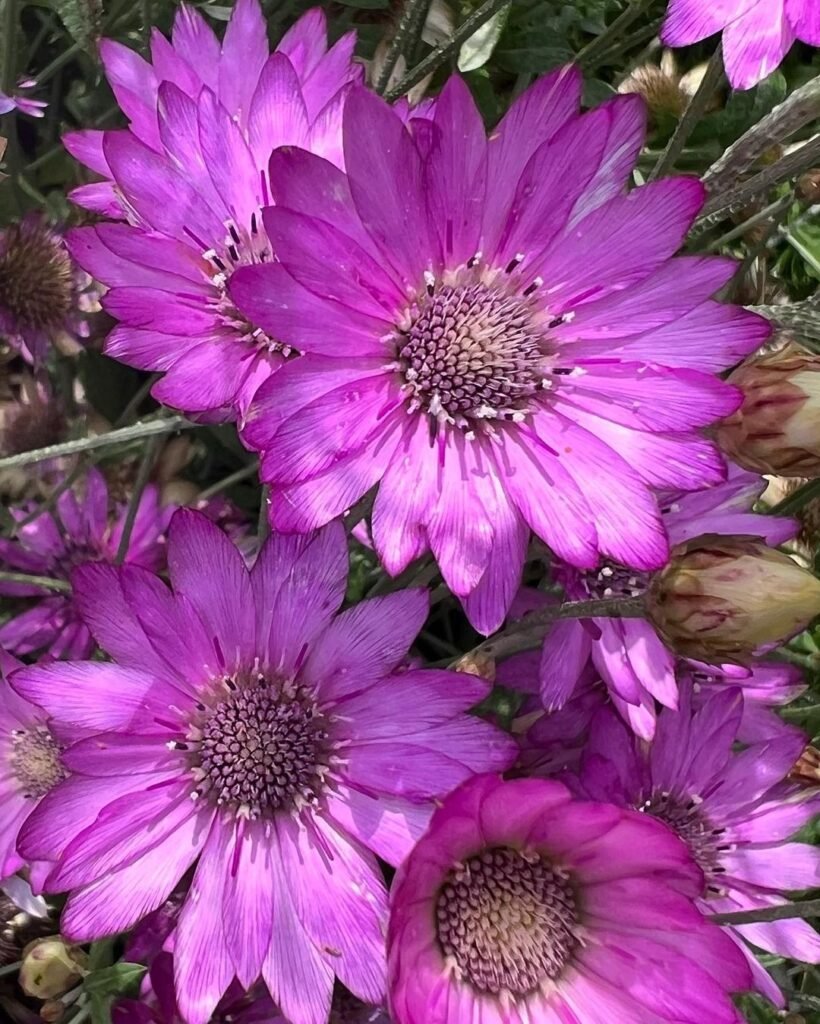
- Botanical Name: Immortelle
- Also known as: Everlasting Flower ,Paper Flower
- USDA Growing Zones: 5-9
- Sun Exposure: Full sun
- Soil Needs: Well-drained, sandy or loamy soil
Xeranthemum, also called the Immortelle or Paper Flower, is a stunning annual that produces large, papery blooms in shades of pink, purple, white, and yellow. Native to the Mediterranean region, this drought-tolerant flower thrives in hot, dry conditions and makes a beautiful addition to dried flower arrangements.
To grow Xeranthemum, sow the seeds directly in the garden after the last frost in spring. They prefer full sun and well-drained soil. Water during dry spells, but avoid overwatering. Deadhead spent flowers to encourage more blooms. At the end of the season, cut the flowers and hang them upside down to dry for long-lasting decorations.
2. Xiphidium (Wandering Jew)
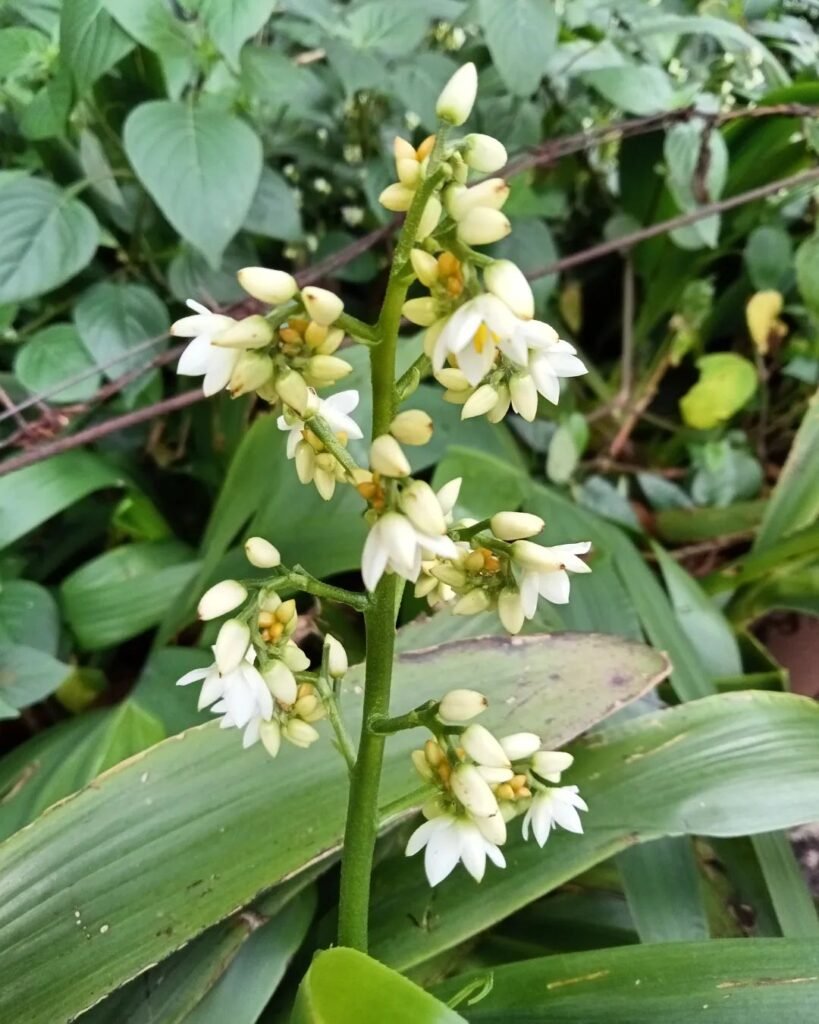
- Botanical Name: Xiphidium
- Also known as: Grass Lily
- USDA Growing Zones: 8-11
- Sun Exposure: Partial shade to full sun
- Soil Needs: Moist, well-drained soil
Xiphidium, or the Grass Lily, is a unique perennial with strappy, iris-like foliage and delicate, star-shaped flowers. Native to Central and South America, this plant thrives in warm, humid climates and can be grown indoors or out.
To cultivate Xiphidium, provide partial shade to full sun and keep the soil consistently moist but well-drained. It makes a great groundcover or container plant. Divide the rhizomes in the spring to encourage new growth. Deadhead spent blooms to prolong the flowering season.
3. Xanthoceras (Yellowhorn)

- Botanical Name: Xanthoceras sorbifolium
- Also known as: Chinese Flowering Chestnut
- USDA Growing Zones: 6-9
- Sun Exposure: Full sun
- Soil Needs: Well-drained, acidic soil
Xanthoceras, also known as the Yellowhorn or Chinese Flowering Chestnut, is a beautiful small tree or large shrub that produces clusters of white flowers with yellow centers in the spring. Native to northern China, this plant is prized for its showy blooms and edible nuts.
To grow Xanthoceras, choose a spot in full sun with well-drained, acidic soil. It’s drought-tolerant once established, but may need supplemental watering during dry spells. Prune to maintain shape and size. The nuts are edible and can be roasted and eaten.
4. Xanthorrhoea (Grass Tree)
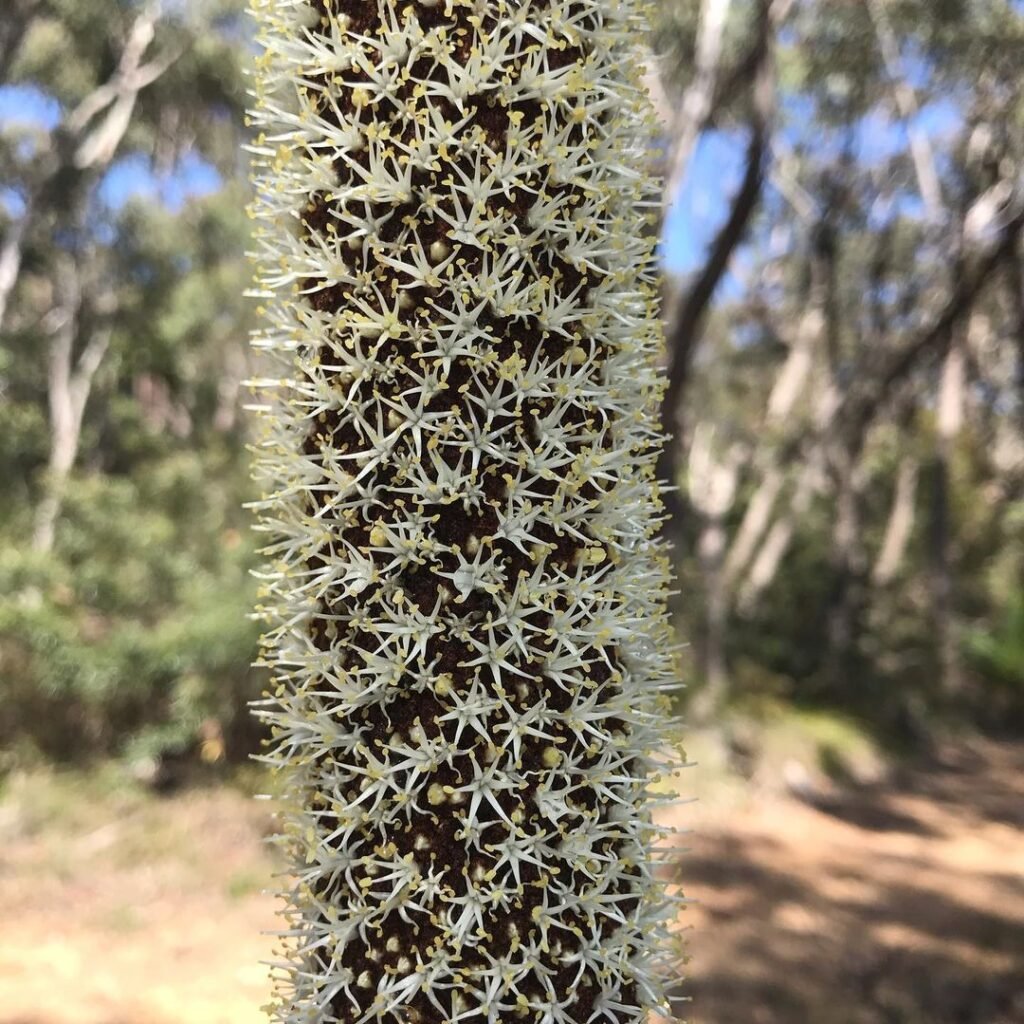
- Botanical Name: Xanthorrhoea
- Also known as: Black Boy, Blackened Grass Tree
- USDA Growing Zones: 8-11
- Sun Exposure: Full sun
- Soil Needs: Well-drained, sandy or rocky soil
Xanthorrhoea, commonly called the Grass Tree or Black Boy, is a unique Australian native plant that resembles a tall, spiky grass with a dark, charred trunk. It produces striking flower spikes that can reach up to 6 feet tall.
These slow-growing plants thrive in full sun and well-drained, sandy or rocky soil. They are very drought-tolerant and require minimal watering once established. Xanthorrhoea makes an excellent architectural addition to desert or Mediterranean-style gardens.
5. Ximenesia (Cowpen Daisy)

- Botanical Name: Ximenia
- Also known as: Cowpea Daisy, Yellow Oxeye
- USDA Growing Zones: 5-10
- Sun Exposure: Full sun
- Soil Needs: Well-drained, poor to average soil
Ximenesia, also called the Cowpen Daisy or Yellow Oxeye, is a cheerful annual or short-lived perennial with bright yellow, daisy-like flowers. Native to the southwestern United States and Mexico, this plant is drought-tolerant and thrives in poor, well-drained soil.
To grow Ximenesia, simply sow the seeds directly in the garden in full sun after the last frost. It will self-seed readily, so you may get volunteer plants popping up year after year. Deadhead spent blooms to encourage more flowers. This plant makes a great low-maintenance addition to wildflower gardens or meadows.
6. Xanthosoma (Elephant Ear)
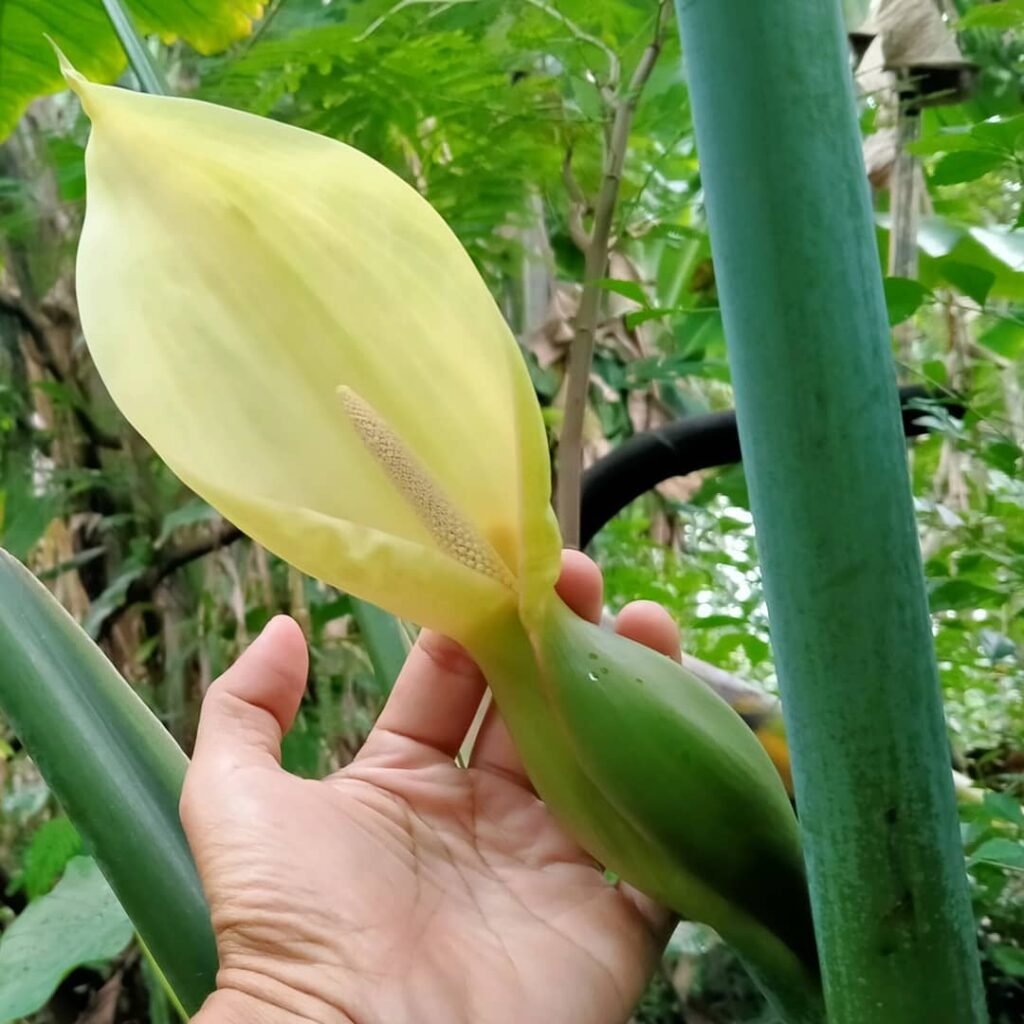
- Botanical Name: Xanthosoma
- Also known as: New World Elephant Ear
- USDA Growing Zones: 8-11
- Sun Exposure: Partial shade to full sun
- Soil Needs: Rich, moist, well-drained soil
Xanthosoma, or the New World Elephant Ear, is a stunning tropical plant with large, arrow-shaped leaves that can reach up to 3 feet wide. Native to Central and South America, this plant is closely related to the more well-known Colocasia Elephant Ear.
To grow Xanthosoma, choose a spot with partial shade to full sun and rich, moist, well-drained soil. Plant the tubers in the spring after the last frost. Keep the soil consistently damp but not waterlogged. These plants are fast-growing and can reach up to 6 feet tall. Divide the tubers in the fall to propagate.
7. Xylopia (African Pepper)

- Botanical Name: Xylopia
- Also known as: Peppery Bark Tree
- USDA Growing Zones: 10-11
- Sun Exposure: Full sun to partial shade
- Soil Needs: Moist, well-drained, acidic soil
Xylopia, or the African Pepper, is a small evergreen tree native to tropical Africa. It produces small, star-shaped yellow flowers that give way to peppery, aromatic fruit pods. The bark and fruit have a unique peppery taste and are used in African cuisine.
To grow Xylopia, provide full sun to partial shade and moist, well-drained, acidic soil. It’s best suited for warm, humid climates. Keep the soil consistently damp but not waterlogged. Prune to maintain shape and size. The peppery fruit and bark can be harvested and used as a spice.
8. Xanthostemon (Golden Penda)
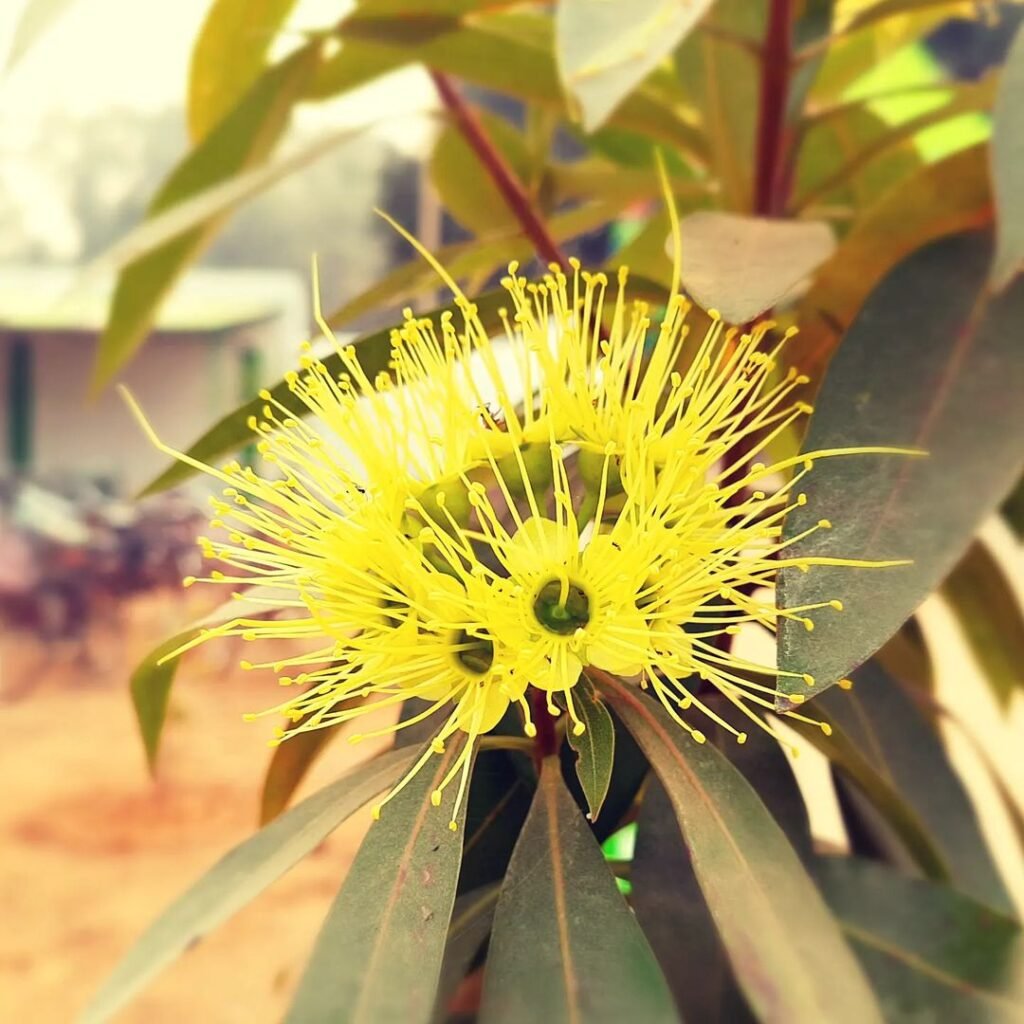
- Botanical Name: Xanthostemon
- Also known as: Australia Feather Flower
- USDA Growing Zones: 9-11
- Sun Exposure: Full sun to partial shade
- Soil Needs: Well-drained, acidic soil
Xanthostemon, also called the Golden Penda or Australia Feather Flower, is a beautiful evergreen shrub or small tree native to northeastern Australia. It produces clusters of vibrant yellow, feathery flowers that bloom in the spring and summer.
To cultivate Xanthostemon, choose a spot in full sun to partial shade with well-drained, acidic soil. It’s drought-tolerant once established but may need supplemental water during prolonged dry periods. Prune to maintain shape and size. This plant makes a lovely addition to coastal or Mediterranean-style gardens.
9. Xeronema (Poor Knights Lily)

- Botanical Name: Xeronema callistemon
- Also known as: New Zealand Red Grass
- USDA Growing Zones: 8-11
- Sun Exposure: Full sun to partial shade
- Soil Needs: Well-drained, sandy or rocky soil
Xeronema, or the Poor Knights Lily, is a unique perennial native to the Poor Knights Islands of New Zealand. It features striking red or orange flower spikes that rise above a tuft of long, thin leaves.
To grow Xeronema, provide full sun to partial shade and well-drained, sandy or rocky soil. It’s drought-tolerant but may need occasional watering during extended dry periods. This plant makes a stunning focal point in rock gardens or xeriscape plantings.
10. Xylosma (Shiny Xylosma)
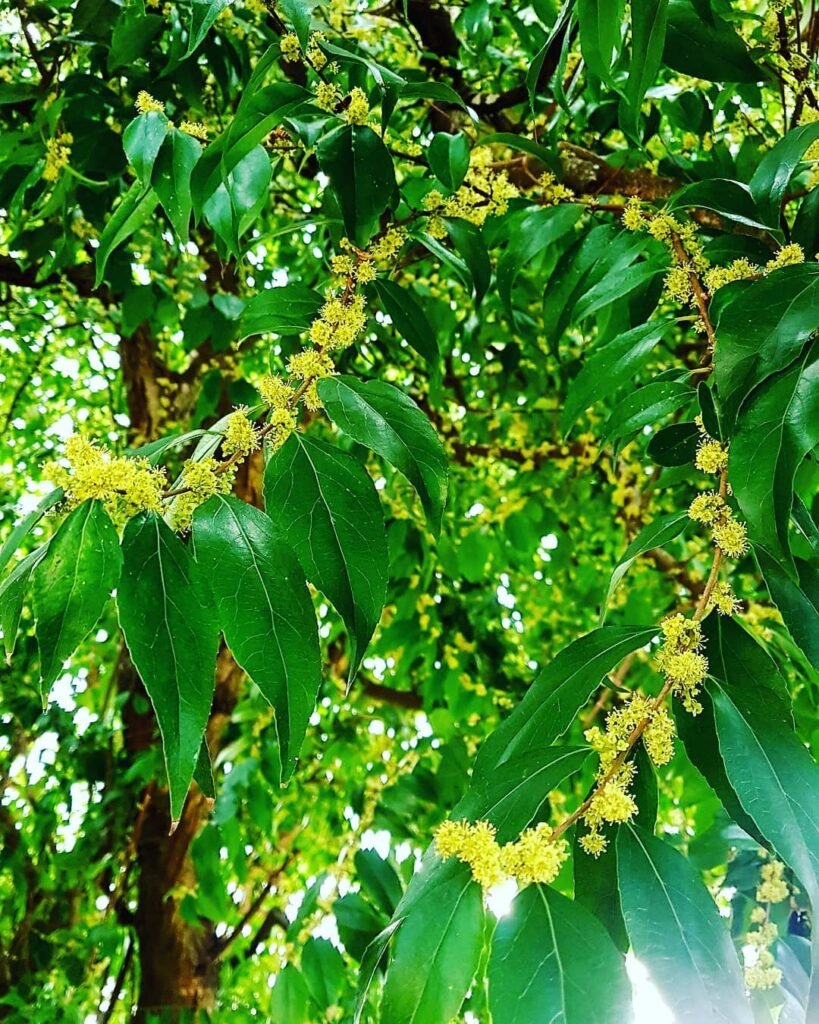
- Botanical Name: Xylosma
- Also known as: Brush Holly
- USDA Growing Zones: 8-11
- Sun Exposure: Full sun to partial shade
- Soil Needs: Well-drained, sandy or loamy soil
Xylosma, commonly called the Shiny Xylosma or Brush Holly, is an evergreen shrub or small tree native to Asia and the Pacific Islands. It features glossy, dark green leaves and small, inconspicuous flowers that give way to red or black berries.
To grow Xylosma, choose a spot in full sun to partial shade with well-drained, sandy or loamy soil. It’s drought-tolerant once established. Prune to maintain shape and size. The berries are edible but have a somewhat bitter taste.
11. Xysmalobium (Milkweed)
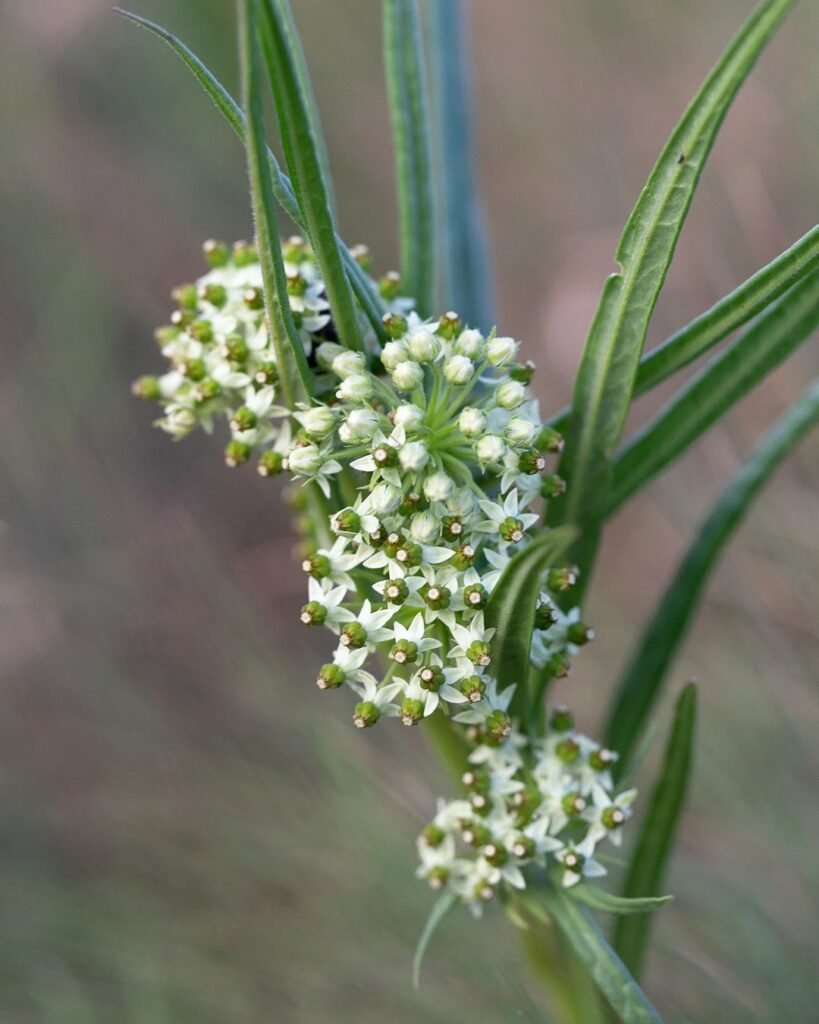
- Botanical Name: Xysmalobium
- Also known as: Butterfly Weed
- USDA Growing Zones: 5-9
- Sun Exposure: Full sun
- Soil Needs: Well-drained, poor to average soil
Xysmalobium, also known as the Milkweed or Butterfly Weed, is a perennial native to North America that produces clusters of small, star-shaped flowers in shades of orange, yellow, or red. It’s an important food source for monarch butterfly larvae.
To cultivate Xysmalobium, plant the seeds or rhizomes in full sun and well-drained, poor to average soil. It’s drought-tolerant and thrives in dry, sandy or rocky conditions. Deadhead spent blooms to encourage more flowers. This plant makes a great addition to butterfly gardens or native plant landscaping.
12. Xylocarpa (Corky Bark Tree)
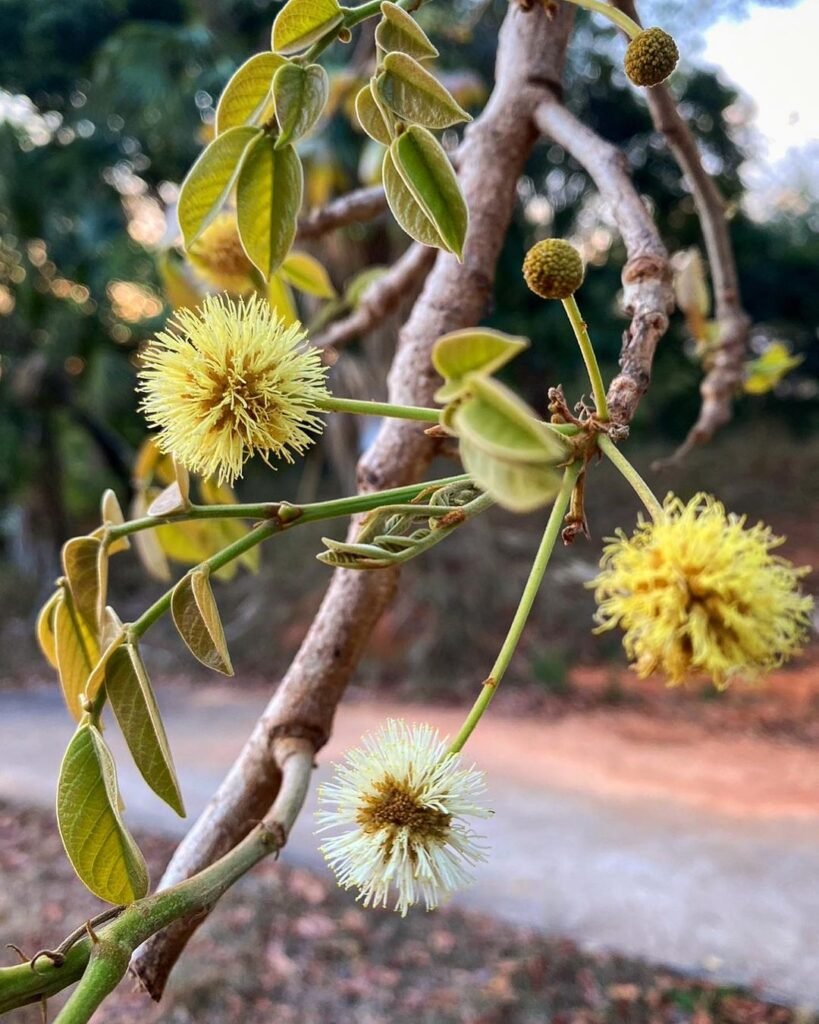
- Botanical Name: Xylia xylocarpa
- Also known as: Australian Pine
- USDA Growing Zones: 10-11
- Sun Exposure: Full sun
- Soil Needs: Well-drained, sandy or loamy soil
Xylocarpa, commonly called the Corky Bark Tree or Australian Pine, is a tall, evergreen tree native to eastern Australia. It features a distinctive, corky bark and small, inconspicuous flowers that give way to small, woody cones.
To cultivate Xylocarpa, plant it in full sun and well-drained, sandy or loamy soil. It’s drought-tolerant once established but may need occasional watering during dry spells. Prune to maintain shape and size. This tree makes a great windbreak or privacy screen.
That covers 12 stunning flowers that start with the letter ‘X’! Whether you’re drawn to the papery blooms of Xeranthemum, the architectural drama of Xanthorrhoea, or the peppery punch of Xylopia, there’s an ‘X’ flower out there for every gardener.
When selecting which ‘X’ flowers to grow, consider your climate, sun exposure, and soil type to ensure they’ll thrive in your garden. Many of these plants prefer hot, dry conditions and well-drained soil, so they make great additions to Mediterranean, desert, or coastal gardens.
Don’t be afraid to experiment and try something new! Exotic blooms like Xiphidium and Xysmalobium can add unexpected beauty and interest to your outdoor space. And don’t forget about the edible options, like the nuts of Xanthoceras and the peppery fruit of Xylopia.
With a little care and attention, these extraordinary ‘X’ flowers can become the stars of your garden. So why not give them a try and see which ones capture your heart? Happy gardening!
Meta Description: Discover 12 beautiful flowers that start with the letter ‘X’ and learn how to grow them in your garden. From Xeranthemum to Xysmalobium, this guide has all the details you need.
List of 12 Flowers That Start With X:
- Xeranthemum (Immortelle)
- Xiphidium (Wandering Jew)
- Xanthoceras (Yellowhorn)
- Xanthorrhoea (Grass Tree)
- Ximenesia (Cowpen Daisy)
- Xanthosoma (Elephant Ear)
- Xylopia (African Pepper)
- Xanthostemon (Golden Penda)
- Xeronema (Poor Knights Lily)
- Xylosma (Shiny Xylosma)
- Xysmalobium (Milkweed)
- Xylocarpa (Corky Bark Tree)
Pingback: Identifying Plant Pests and Diseases: Tips and Insights
Pingback: Exploring the Enchanting World of Blue Flowers
Pingback: Beauty of Plants with Clusters of Tiny White Flowers
Pingback: Baking Soda Is A Gardener’s Best Friend -
Pingback: 20 Tropical Plants with Vibrant Orange Flowers
Pingback: Surprising Toothpaste Hack for Aphid Control
Pingback: How to Grow and Care for French Hydrangeas Gardeners School
Pingback: 20 DIY Backyard Ideas on a Budget for Stunning Gardens
Pingback: How to Grow and Care for Azaleas - Gardeners Schools
Pingback: Which 10 Perennial Flowers Bloom All Summer
Pingback: Oxlip : A Delightful Primrose With a Rich History -
Pingback: Crabapple Trees: A Complete Guide to Growing and Caring
Pingback: Guide to Growing the Beautiful Crown of Thorns Plant -
Pingback: 19 Best Plants for a Welcoming Front Door -
Pingback: Toffee Brown Roses for a Rustic, Warm Look -
Pingback: The 13 Best Flowering Trees for Your Garden -
Pingback: Hellebore Flowers Offer Beautiful Late-Winter Blooms
Pingback: 20 Easy Flowers for Beginners to Grow - Gardener's School
Pingback: How to Grow Calibrachoa (Superbells® and Million Bells®) -
Pingback: How to Grow Hollyhocks: An Essential Guide for Timeless Beauty
Pingback: Caring for Calla Lilies in the Garden: A Comprehensive Guide
Pingback: Plants in Bathroom: How to Turn Your Bathroom into a Green Oasis
Pingback: How to Grow Stunning Fuchsias in Your Garden -
Pingback: Butterfly Bush Care Guide: How to Plant, Grow, and Maintain Buddleia
Pingback: Hybrid Tea Roses : Meaning, Symbolism, and Interesting Facts - Gardener's School
Pingback: Black Currant : A Comprehensive Guide Gardeners school
Pingback: 13 Lovely Baby Blue Flowers to Grow in Your Garden - Gardener's School
Pingback: Blue Orchids : Real and Fake – All Your Questions Answered - Gardener's School
Pingback: The 13 Best Flowering Trees for Your Garden - Gardener's School
Pingback: 12 Sun-Loving Plants Perfect for Your Sunny Porch - Gardener's School
Pingback: From Patio to Plate: The Best Vegetables to Grow in ...